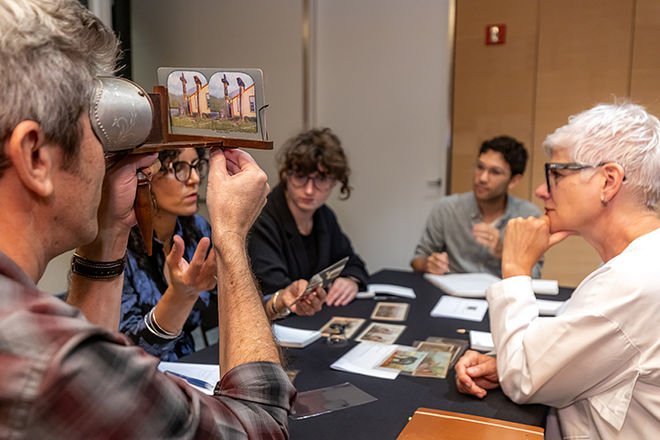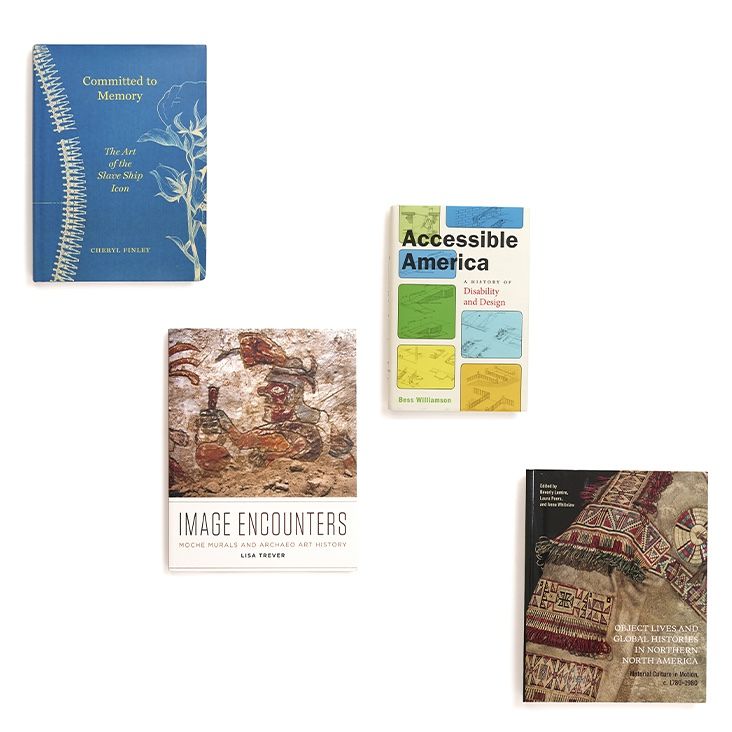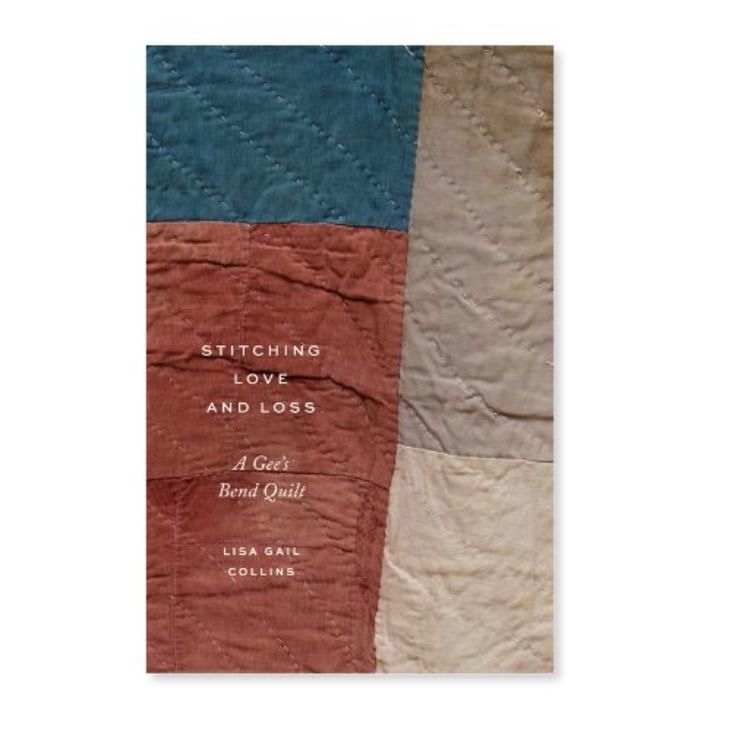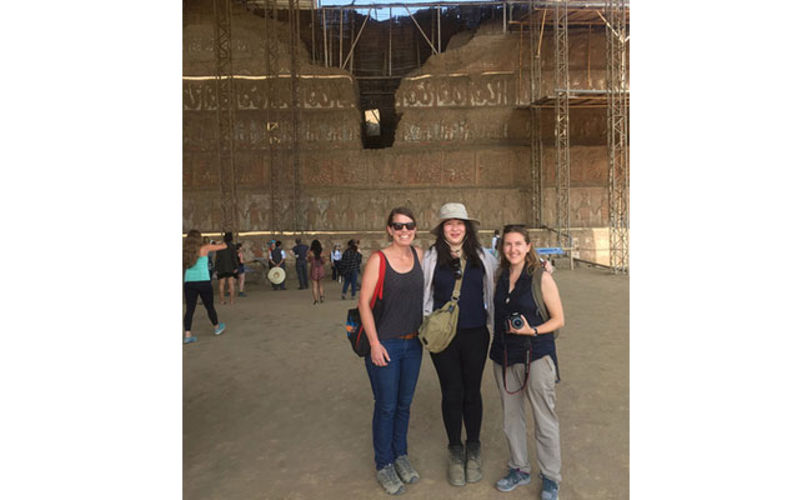This summer, Bard Graduate Center Andrew W. Mellon “Cultures of Conservation” Fellows, Alicia Boswell and Jessica Walthew, took the “C of C” initiative, which brings conservators into dialogue with other humanists, to Peru. Alicia is an anthropological archaeologist who specializes in Pre-Columbian cultures of the Andes. At BGC, she works with conservators and curators at the Metropolitan Museum of Art on a project studying metallurgical traditions of the Moche culture of northern Peru (AD 200–850). Jessica is an objects conservator with a specialization in archaeological and ethnographic materials. During her fellowship, she worked with conservators and curators at the American Museum of Natural History to study the history and conservation of the totem poles in the museum’s Hall of Northwest Coast Indians. Below, Alicia and Jessica report on their experience.
It was not long after meeting in fall 2016 that we realized how well our academic and philosophical interests aligned. However, while we found an easy collaboration given our shared interest in the preservation and study of archaeological materials and sites, we each had found that during our training in our respective professions there was a conspicuous lack of dialogue with the other’s discipline. Recognizing this void in academic training, the MOCHE Inc Conservation Field School was born. Our program offers a unique opportunity for students interested in pursuing careers in conservation, archaeology, and museums to gain hands-on experience with guidance from both archaeologists and a conservator. Our goal is to provide an encompassing, holistic, and hands-on experience for interns to understand ancient objects’ life histories from archaeological excavation and analysis of materials, to storage and conservation management. This summer’s interns came from graduate and undergraduate programs in the United States and Peru with backgrounds in anthropology, archaeology, art history, and conservation. From BGC, we were fortunate to have master’s candidate Shuning Wang work with us.
Carrying out this program in Huanchaco, Peru, allowed students from the Universidad Nacional de Trujillo to also participate in the program. The few training programs in conservation in Peru are based in the capital, Lima. More importantly, conservation forms a vital part of archaeological training for professional archaeologists, but often finds little room in traditional curricula. Interns were introduced to archaeological, analytical, and conservation methods and also learned about the rich history of Pre-Columbian peoples on the North Coast. Field and lab work was complimented by visits to local archaeological sites and museums and dialogue with colleagues in Peru. During the course of the month-long program, students saw sites and artifacts dating from ca. 1800 BC through the Colonial period.
-Alicia Boswell and Jessica Walthew
















